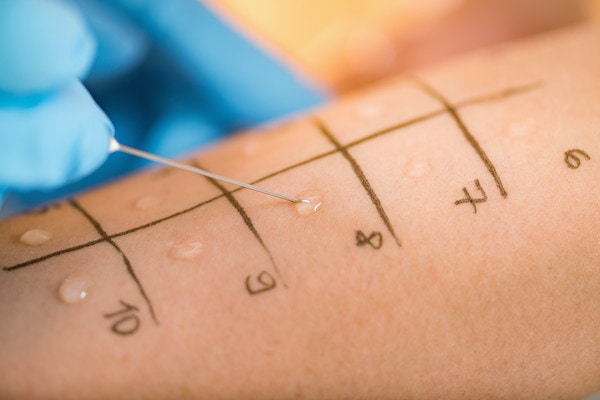
A skin prick test is a quick, reliable method to identify allergic reactions. It helps detect sensitivities to common allergens. Doctors use it to guide allergy treatments and lifestyle changes.
The procedure is simple and nearly painless. A small drop of allergen extract is placed on your skin. A tiny needle then pricks the surface to allow allergen exposure. If you're allergic, the skin will react.
The test is usually done on the forearm or back. Results appear within 15 to 20 minutes. Redness or swelling means a positive reaction.
Anyone experiencing frequent sneezing, itchy eyes, or skin rashes may benefit. It's suitable for both children and adults. Common triggers include pollen, dust mites, mold, pet dander, and food.
If over-the-counter medicines don’t help, testing might provide answers. It also helps identify unknown allergens.
The test is fast, safe, and cost-effective. It requires no special preparation. There’s no need to draw blood, and results are visible right away.
Unlike blood tests, it shows immediate skin response. This allows for quicker diagnosis and treatment plans.
First, your skin will be cleaned with alcohol. The nurse marks each allergen site with a pen. A small prick or scratch introduces the allergen to your skin. You may feel a mild itch or sting.
The doctor will observe the reaction. Larger welts indicate stronger allergies. Afterward, the skin is cleaned and soothing cream may be applied.
Skin prick tests are generally safe. However, mild redness or swelling can occur. Rarely, a more severe reaction like wheezing or dizziness may develop.
Your doctor will monitor you during the test. Emergency treatments are available if needed. Always inform your provider about medications or medical conditions beforehand.
Avoid antihistamines for at least 48 hours before the test. These can block reactions and affect results. Discuss any medications with your doctor. Wear loose, comfortable clothing on test day.
Eat a light meal beforehand to avoid feeling faint. Stay hydrated and relaxed.
Once the test is complete, the results are reviewed. Your doctor will explain each reaction. Based on findings, they may suggest allergy shots, medications, or avoidance strategies.
The information can transform your quality of life. Managing allergies becomes more effective with a clear diagnosis.
Though reliable, it’s not 100% accurate. False positives or negatives may occur. The test only shows sensitivity, not severity. Combined with medical history, it gives the best results.
If needed, further blood tests or oral challenges may be recommended.
Understanding your allergies empowers you. The skin prick test is a vital tool for that. It’s fast, informative, and helps shape a clear path to relief.
Take control of your health. Don’t let unknown allergies hold you back. A simple test could change everything.
Copyright © All Rights Reserved, By Dr. Harsh Vij